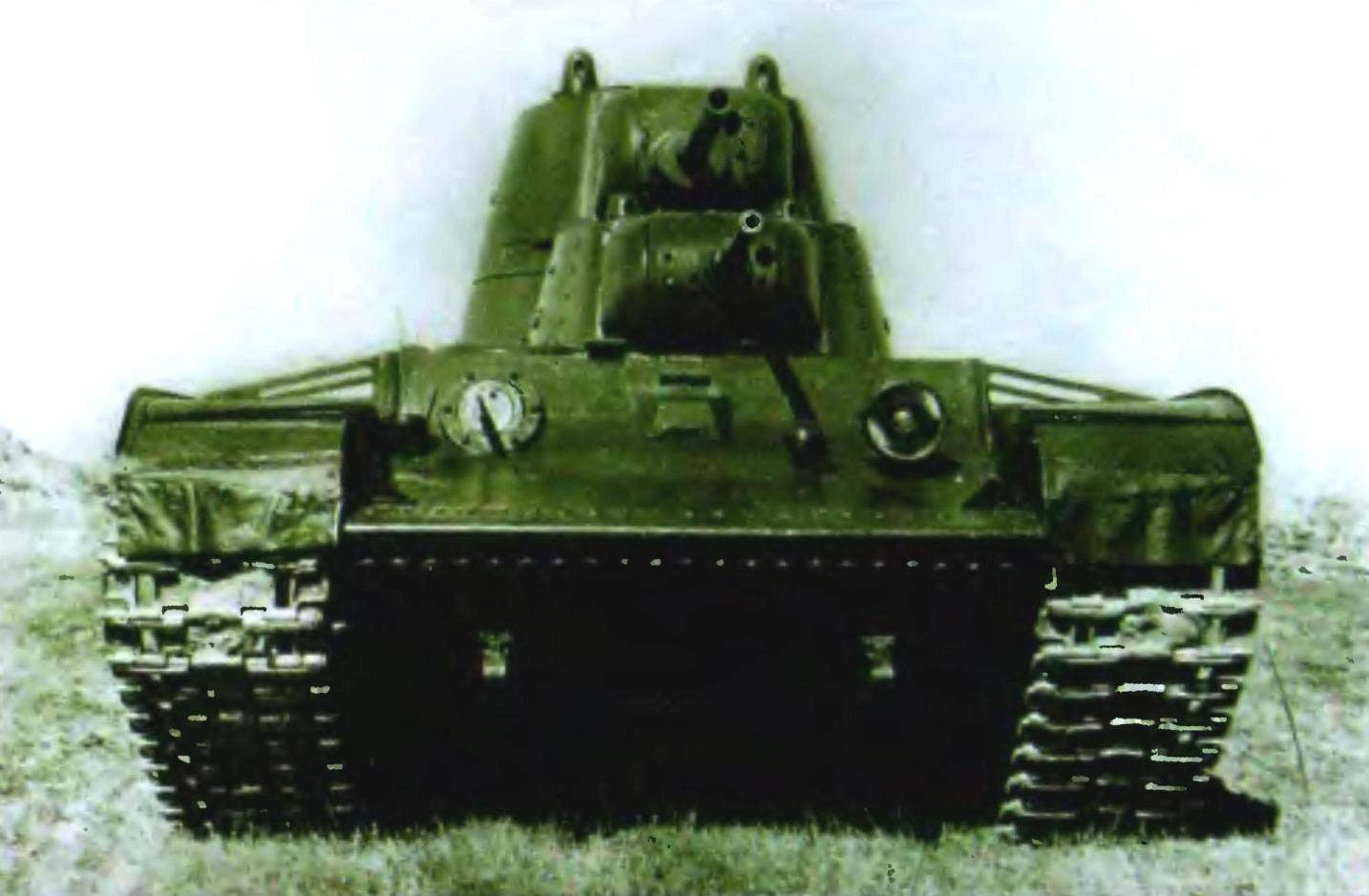 The development of anti-tank artillery in the second half of the 1930-ies, in particular the appearance of the guns of calibre of 37 — 47 mm, has questioned the effectiveness of the use of tanks with thick armor 20 — 25 mm. clearly this was proved by the experience of the civil war in Spain. Anti-tank gun of Franco easily punched well armed, but poorly protected tanks, the Republicans — the Soviet T-26 and BT-5. However, the problem of security was not only light, but medium and heavy tanks. They all had different weapons and sizes, but virtually the same reservation is applied to the heavy tank T-35.
The development of anti-tank artillery in the second half of the 1930-ies, in particular the appearance of the guns of calibre of 37 — 47 mm, has questioned the effectiveness of the use of tanks with thick armor 20 — 25 mm. clearly this was proved by the experience of the civil war in Spain. Anti-tank gun of Franco easily punched well armed, but poorly protected tanks, the Republicans — the Soviet T-26 and BT-5. However, the problem of security was not only light, but medium and heavy tanks. They all had different weapons and sizes, but virtually the same reservation is applied to the heavy tank T-35.
In November 1937 the Kharkov locomotive plant (KhPZ) Comintern received from the Auto-armored Directorate of the red Army (ABTU) the technical conditions to increase the armor thickness of the T-35. According to them, the frontal hull armor was to be 70 — 75 mm, the hull sides and turret — 40 — 45 mm. the weight of the tank in this case could not exceed 60 T. However, at the stage of conceptual design, it became clear that to meet with such thick armor to limit mass will not succeed In this regard, the decision was made to change the layout scheme of a heavy tank. In KB KhPZ has developed seven options which while maintaining the base of the T-35 had a different number of towers and their location, the Final decision was made in favor of the three-towered scheme.
To speed up the design of a new heavy tank to this work has attracted two powerful design team — KB Leningrad Kirov plant (LKZ) and the construction Bureau of factory No. 185 named. S. M. Kirov. Heavy tanks developed in these two KB was trehyadernye machines weighing 55 tons with a strength equal to the armor thickness of 60 mm In the main tower was located 76 mm, and two small towers, one 45-mm cannon as the power plant was assumed to use aviation gasoline engine with capacity of 800 — 1000 HP or diesel power 1000 HP Estimated maximum speed was 35 km/h range — 260 km the Crew consisted of eight people.
In KB KhPZ developed trehvalentnoe machine with thick armor-plates from 15 to 74 mm. Weapons were placed in conical towers, and was fitted with a stabilized sight “Orion”, the guidance Mechanisms were manual and Electromechanical actuators. Extraordinary equipment of tanks was supplemented with two radios, the system of collective protection of the crew from toxic substances and the equipment of the underwater stroke. The crew consisted of 10 people. However, work on this project Kharkiv failed. In connection with the heavy workload KB KhPZ designing new types of medium tanks and further work on promising heavy car in Kharkov was discontinued.
10 Oct 1938 state mock-up Committee reviewed the blueprints and layout of a heavy tank “Sergei Mironovich Kirov” (QMS, or, more precisely. — SMK-1), developed on the LB group leading engineer A. S. Ermolaev. I must say that the designers have allowed themselves some deviations from the requirements of ABTU. For example, instead of the recommended military suspension on the T-35 tank was equipped with the latest at the time the torsion bar suspension. However, just in case developed a spring-balance suspension of the “thirty-fifth”. On 9 December, the project of SMK-1 in conjunction with the “product 100” (T-100) factory No. 185 was discussed at the meeting of the Supreme military Council. As a result of discussions with the aim of downsizing the number of towers in the tanks was reduced to two. In January 1939, the manufacture of the tank SMK, and on April 30 the new car made its first trip in the factory yard, on 25 July, the tank departed for field trials. Two months later, September 23 — 25 QMS among other promising models of military vehicles took part in a government show in Moscow Kubinka.
